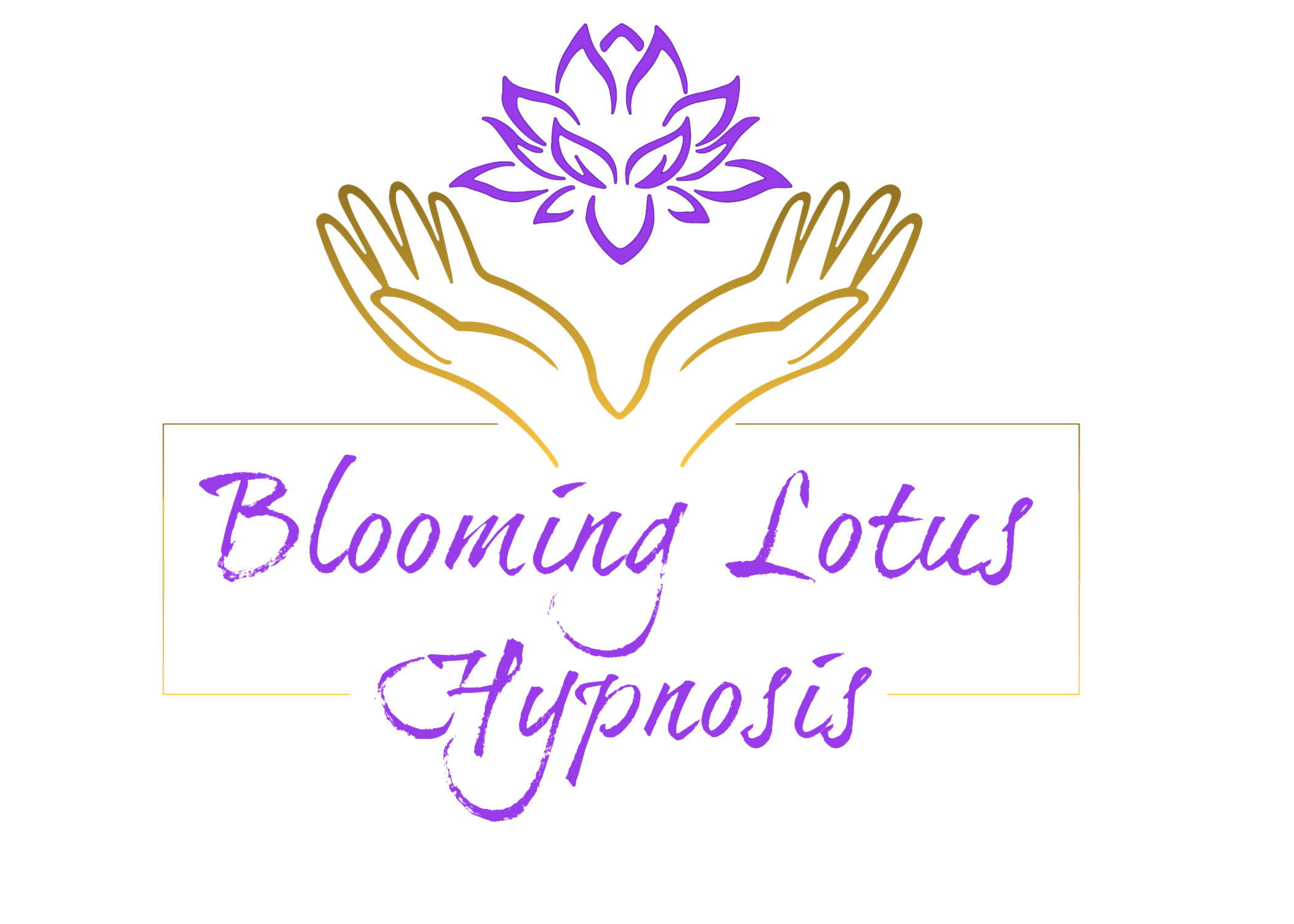Mental Health Therapy + Hypnosis
As a society, we have a bad habit of ignoring how much mental health can affect every aspect of our lives. Our minds and bodies work together to keep us alive and working toward homeostasis, so when our mental health is low our physical health reflects that too. In a post-Covid world, society is embracing and acknowledging that connection more and more, which has led to things like destigmatizing medication and jump in popularity for mental health care like talk therapy, hypnosis, and the ever-popular self-care days. All of those are great tools individually and even better when used together as a big-picture style health management plan. Most people, especially Millennials and younger, have a good awareness of how talk therapy, medications, and daily self-care habits work but adding hypnosis into the mix can be very beneficial. Let’s talk about it.
Hypnosis creates a highly relaxed state, allowing clients to concentrate their attention on their subconscious. When it’s used in the context of treating mental health, it can be very helpful for discovering the root of disordered thoughts and behaviors. For example, a soldier with PTSD may know that generally speaking their experience on a deployment led to their PTSD symptoms developing, but their subconscious may have blocked out specifics to try to protect them. That suppression of memory is a great tool for short term mental safety, but it makes it difficult to address the original trauma in settings like traditional talk therapy when our subconscious is more difficult to access. When we combine talk therapy with hypnosis, suddenly we’re able to access the root causes of the behaviors we’re hoping to change and then process and discuss them in a healthy, holistic way.
But how does it work, really?
As abstract ideas, things like “access your subconscious” sound good, but what do they really mean? How can we get information from a part of our brain that, by definition, is closed to our conscious minds? This is where the relaxed state comes into play. When you begin your hypnosis session, your hypnotherapist will give you prompts to reach a relaxed state. Often this involves lying down and closing your eyes, then using guided breathing to help your body and mind physically relax. From here, they’ll use guided imagery to help you walk your mind into your subconscious (ie: picture a door and walk through it). With your consciousness in a deeply relaxed state, the separation between it and the rest of your mind gets much thinner so suggestive imagery like this is very effective. Once you’re in, your hypnotherapist can guide you to what you’re looking for much like they would if you were fully conscious.
Once you’ve accessed the memories that caused the mental health issues, you can take those to talk therapy environments and process them so you’re able to move on and/or develop healthy coping mechanisms. Knowing what specifically caused our trauma or triggered our mental health issues is the best way to start addressing them so we can heal. If you’ve been struggling with your mental health and want to give yourself the best shot at living a holistically healthy and happy life, adding hypnosis to your routine might be for you. We’d love to help you with your journey, and you can find more information about us and our practice at our website.
